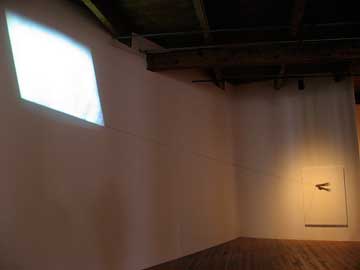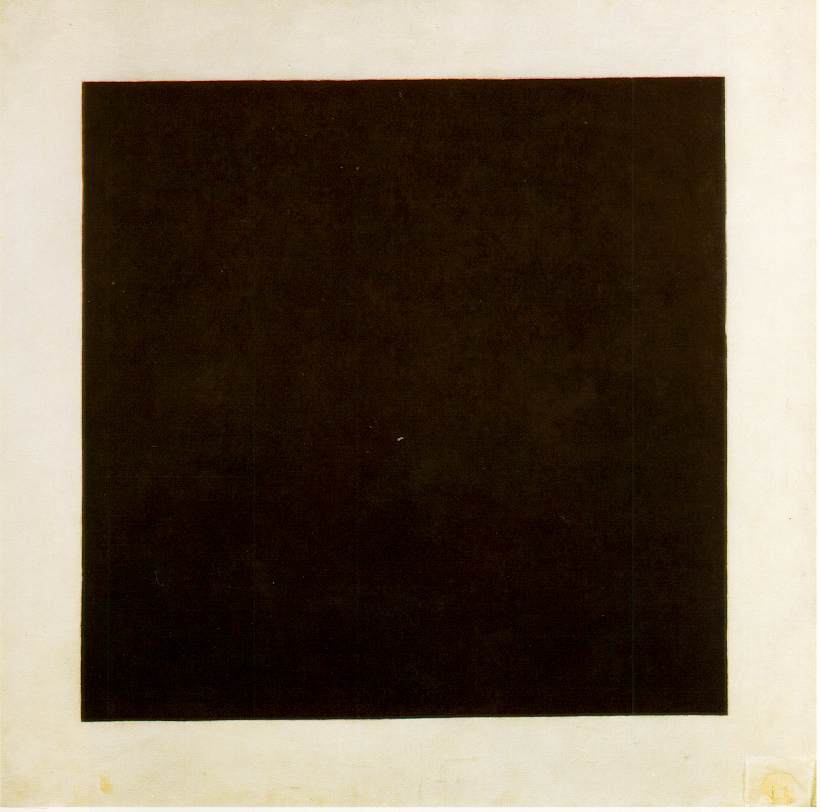I would like to emphasis the role of art in changing social consciousness since it is directed outwards. "Only through art can we get outside ourselves and know another's view of the universe which is not the same as ours." Proust again. Getting to know this view of the universe is like learning a new language. When you think outside yourself you get to know yourself better, you get a different perspective. As Goethe put it: "Those who know nothing of foreign languages, know nothing of their own."
"The artist is at the same time a political being, constantly alive to heartrending, fiery or happy events, to which he responds in every way. How would it be possible to feel no interest in other people and by virtue of an ivory indifference to detach yourself from the life which they so copiously bring you? No, painting is not done to decorate apartments. It is an instrument of war for attack and defense against the enemy." p 141 Picasso to state that he is not apolitical. He wanted to move on from trompe l'oeil to trompe l'esprit: art has to capture the spirit of the artist. But the artist cannot sidestep the symbolic meaning of objects, nor can his audience, or can he?

Joseph Cornell - Untitled (Hotel Eden) c.1945
As for collage, the identity of an object is suspended between it’s practical reality, the thing itself and the conceptual whole in which it is set. Collage invites the spectator to respond with a multiple consciousness in which forms, objects and images are interchangeable. The hierarchy of categories is disrupted, like a mixture of realities belonging to different orders. It is about reordering the universe. Collage is like a visual rhapsody, a collection of pieces that have one spirit and one scope, but which are not directly related to each other. Marked materials gain connotations which unmarked materials lack. P 82
Collage is the visual vocabulary in the age of mechanical reproduction by Walter Benjamin. Works of art can become works of art when reordered in collage and especially in digital collage.
You can see that collage has become a metaphysical principle beyond mere technique.
Tristan Tzara called collage "the most poetic and most revolutionary moment in the history of painting." In which he tries to explain that physical matter becomes poetry, haptic poetry.
Collage reflects the absurdity of representing things and images in a universe of forces and energies. It is an illusion producing process, you cannot get to the origin, the pieces have lost their identities. A collage is like practicing the aesthetics of mystification by creating a myth and a hyperreality. It ultimately becomes a simulacrum: "a simulacrum is never that which conceals the truth--it is the truth which conceals that there is none. The simulacrum is true." Beaudrillard.
Collage is a way of changing social consciousness by reordering realities. It is quite a postmodern technique as it advocates that many, if not all, apparent realities are only social constructs, as they are subject to change inherent to time and place. Collage represents or is such a construct and it is anything but a narrative constructed in a sequential fashion.
"Only through art can we get outside of ourselves and know another's view of the universe which is not the same as ours and see landscapes which would otherwise have remained unknown to us like the landscapes on the moon... Instead of seeing a single world, our own, we see it multiply until we have before us as many world as there are original artists-more different from each other than those which revolve in space."
Marcel Proust, Le Temps retrouvé (Paris: Gallimard, Editions de la Nouvelle Revue Francaise, 1923-27) p. 491; translated by Justin O'Brien in tThe Maxims of Proust (New York: Columbia University Press, 1948), p. 176.
This seems to call out for participation in art. To be continued.










